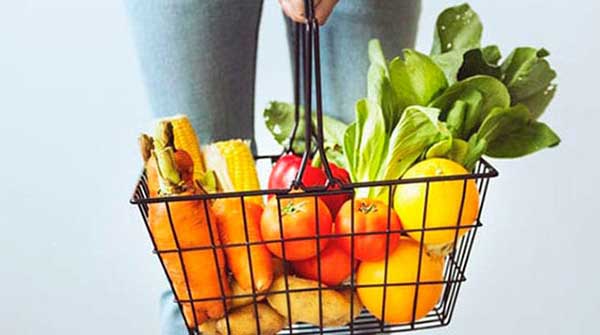 Grocers can no longer afford to wait for money to show up at their stores. They need to go after it.
Grocers can no longer afford to wait for money to show up at their stores. They need to go after it.
Grocery e-commerce was barely a thought five years ago – retailers didn’t want to cannibalize sales and decrease foot traffic. The primary idea has always been to have more people in grocery stores, not less.
But with Amazon, Walmart and Costco looking at cyberspace as a potent place to sell food, grocers are looking to keep customers. First was the flawed click-and-collect strategy. Now, grocers are looking at full delivery through partnerships or in-house service.
Loblaws recently launched PC Insiders, which offers free delivery to customers for a fixed membership fee. The program is a clear response to Amazon Prime. Prime’s brilliance is that it builds loyalty and allows the retailer to cover delivery costs.
Consumers aren’t keen to pay for delivery and costs could be exorbitant for grocers. With Prime, Amazon covered last-kilometre costs in delivery service. That’s the most expensive part of selling products online: venturing into smaller streets, looking for addresses and delivering to consumers’ doors takes time and energy.
| RELATED CONTENT |
| Drones will change the face of farming By Sylvain Charlebois |
| Here’s why things will never be the same at the grocery store By Sylvain Charlebois |
| Food delivery apps bite into Canadian marketplace By Sylvain Charlebois |
Loblaws’ $99 PC Insiders program merely copies Amazon. And why not?
Loblaws has a database of 16 million non-paying PC Optimum members, so a loyalty loop exists with Canada’s leading food retailer. Converting just 100,000 PC Optimum members would generate enough capital to cover significant costs.
This is the first such move in Canada but expect to see more in the future.
Some partnerships also look promising. Sobeys, for example, opted for a partnership with U.K.-based Ocado.
In many European countries, online food sales are over five per cent and in some cases up to eight per cent. Canadian sales aren’t even at two per cent but the potential is real. More than one-third of Canadians are thinking of going online regularly to purchase food. Canadians under the age of 39 consider the Internet an integral part of their lives. Their economic influence will only increase over time and grocers know it.
Buying online has perks, especially when the weather is bad, you’re ill or just busy. Or perhaps you’re shopping for someone who requires care and lives on the other side of town.
Click-and-collect, grocers’ first version of the e-commerce, never made sense from a consumer’s perspective. Ordering online only to pick groceries up on the way home isn’t very convenient. The dreaded wait in a store line to pay for groceries is avoided using e-commerce, but click-and-collect only played defence against Amazon.
It is, however, more economically palatable for retailers than home delivery, since it moves inventory efficiently without the last-kilometre cost. So some retailers charged consumers for home delivery, which just adds insult to injury.
Better-conceived online delivery programs will ultimately make click-and-collect obsolete, particularly because consumers expect more convenience and are willing to pay for it.
The emergence of more e-commerce in food retailing also signals the beginning of the end of big box stores. More retailers are looking at smaller stores, which require less inventory and maintenance. A big store drawing fewer customers is bad for business, so it makes little sense to build more of them.
Sobeys’ acquisition of Farm Boy in Ontario is consistent with this shift. Farm Boy offers a great in-store experience while providing Sobeys with high-quality products to be delivered to consumers’ homes.
In addition, an increasing number of consumers want to go out by staying home. No overpriced wine, no extra tips, no waiting to be seated.
Although home delivery by restaurants has been around for decades, there are new options available. Apps such as UberEats and Skip the Dishes give consumers access to more choices. Some restaurants can’t afford a driver or a fleet of cars. These apps act as brokers between restaurants and consumers.
Some restaurants are even operating without dining rooms, exclusively selling online.
And online relationships between consumers and the food industry will get increasingly interesting. For example, drones could allow more farmers to sell directly to consumers. The sky is the limit, literately.
An increasing number of consumers spend time in front of screens purchasing Christmas presents instead of struggling for parking, then fighting crowds at the mall. It’s all so uncivilized. The same trend increasingly applies to food.
Now e-commerce needs to tackle the next frontier: cleaning up after the meal.
Dr. Sylvain Charlebois is senior director of the agri-food analytics lab and a professor in food distribution and policy at Dalhousie University.
Sylvain is a Troy Media Thought Leader. For interview requests, click here.
The opinions expressed by our columnists and contributors are theirs alone and do not inherently or expressly reflect the views of our publication.
© Troy Media
Troy Media is an editorial content provider to media outlets and its own hosted community news outlets across Canada.

